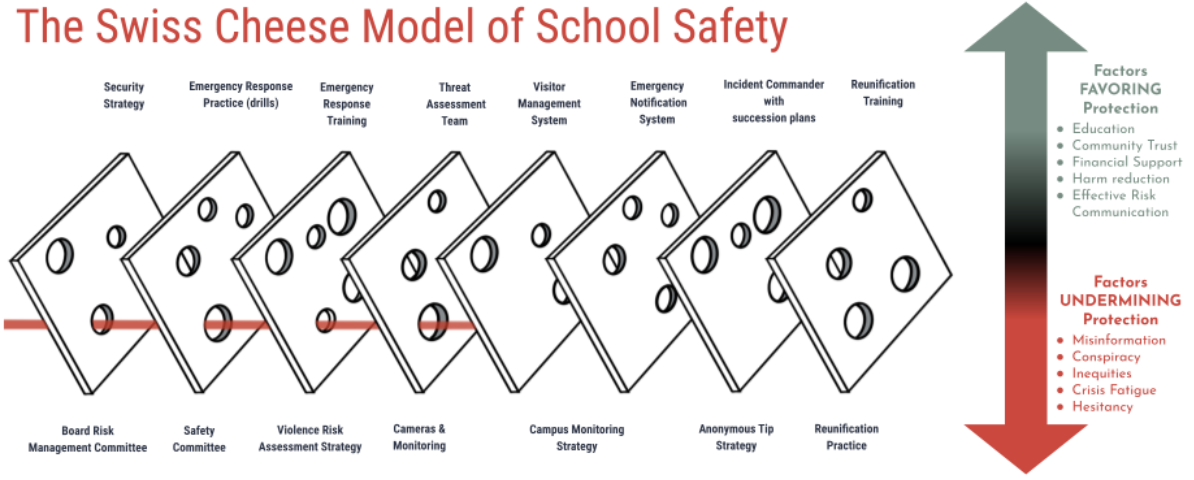3 min read
The Good, the Bad, the Ugly: a Response to the Alaska Airlines Video
Chris Joffe
:
January 19, 2024
During Alaska Airlines Flight 1282's departure from Portland, Oregon on January 5th, a plane door's plug unexpectedly disconnected as the aircraft climbed to 19,000 feet altitude. This attitude is critical because seconds matter for survival in an emergency; passengers must immediately put on oxygen masks and pilots must swiftly descend. In other words, this was a dangerous, high-stakes situation.
As someone familiar with aviation emergencies, I was fascinated by Alaska Airlines' response. Communication during an emergency can make or break the outcome. It not only informs necessary action but also shapes public perception. While we at Joffe could analyze the specifics of this incident, we are most interested in examining the communication strategies employed throughout the event. The purpose of this blog post is to highlight the effective messaging and potential missteps by Alaska Airlines. We can then apply these lessons to our own emergency communication plans for schools, events, and venues.
11 days after the incident, Alaska CEO Ben Minicucci released a video update. This was their latest move in an ongoing education and transparency campaign across social media and email. The video tackled two key areas of public confusion:
- First, what exactly broke off the plane? Many assumed an entire emergency door ripped off mid-flight. Alaska had to quickly clarify it was a vital yet obscure "door plug" apparatus. This gave needed context on aircraft mechanics before rumors spiraled.
- Second, how the investigation itself would proceed. Alaska conveyed that the government safety board (National Transportation Safety Board (NTSB)) took the lead, with Boeing and Alaska in supporting roles. This signaled independence from any probe findings. Preventing the assumption of guilt was crucial.
So why was Minicucci's video impressive? He humanized the airline's response. His empathy, humility, and commitment came across as authentic. This built crucial trust at a tense time.
When emergencies strike our schools, events, and venues, genuine leadership communication is key. Like Alaska, we must balance rapid response with care and transparency. Keeping the human element top of mind pays dividends when stakes are high.
Now, let's examine Alaska's communication strategy in greater detail. What principles guided their strategy amidst the Flight 1282 fallout? How can we apply these lessons to crisis communication plans on our campuses and at our events?
- Boring point, but let’s start with: He’s the CEO, and we all want to hear from someone in charge when there’s an incident that affects our trust, safety, or confidence. He’s shown up repeatedly, which enhances public confidence.
- Facts are useful. He opens with facts and reminds people what’s actually happening. So often in our schools’ communication, we coach the same strategy, as people may or may not know what has happened, or may have a broadly distorted understanding. Facts are key and also help to transition into the story of hope you’re about to tell.
- He apologizes. Always talk to your legal team (in general, but also especially with high-stakes events this) before determining what you’ll say, but in this case, it added trust, value, and humanity - something a leader needs as you’re preparing to climb the mountain of crisis recovery.
- He made an affirmative decision to ground planes the night of the event. An organization above his (the Federal Aviation Administration (FAA)) chose to do so the next day. He can tout that fact that he did it first and use those strengths to signal future decisions will be the right ones.
- He ties back into values of the organization.
- He’s balancing urgency to return with scrutiny of the work to come. This could be a whole article, but in short, we often find this after a threat occurs on or near campus. On the one hand, we know that students will learn best on campus, on the other, if there’s a concern posted on social media or a swatting call, it can make everyone deeply concerned about the next day. Heads/leaders have to walk this exact tightrope. On the one hand, we can’t be closed for 90 days (at least in general) on the other, we need to ensure that part of our reopening strategy reflects the good work that has been done and that we’re talking through that very work with our families and staff.
- He uses Swiss cheese! If you missed it, go back to about 3:15 and you’ll hear him begin to talk about multiple layers of safety and redundancy. Sound familiar? I hope so. Have a look at the school safety version of Swiss cheese below. It’s critical that we educate on not just the fact that layers exist, but how the layers co-exist to catch what falls through the cracks (to borrow another analogy for a moment).
- Expressing gratitude. In times of crisis, there is often a tendency to forego expressions of thanks to respond quickly. However, we have found at Joffe that strategic moments of gratitude are essential during emergencies (for example, having students make thank-you cards for firefighters during wildfires). Simple gestures of appreciation help maintain perspective and compassion even amidst urgency.

Disclaimer:
We are not affiliated with or involved in the emergency response to this incident. The opinions expressed here are based solely on publicly available news reports, some of which are cited while others are more generally referenced. As this situation unfolds, the analysis and perspectives offered may become outdated, incomplete, or inaccurate. This piece was written to highlight strengths and opportunities and is being shared since the incident is outside our direct area of focus and all involved are reported to be alive and safe. However, our perspectives could change significantly as new details emerge.

